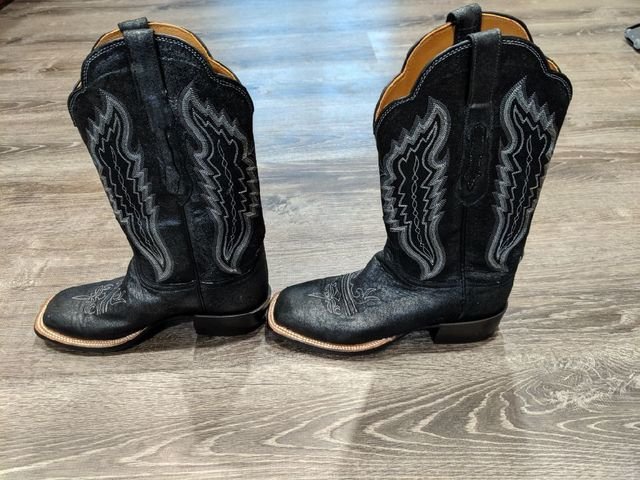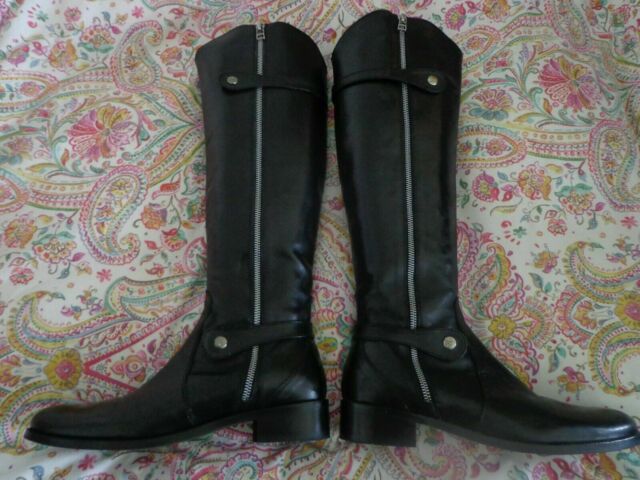When searching for a set of hiking boots, it is essential to know how they are made. No, you don’t need to know exactly how to make your very own, but you have to recognize what goes into them and also just how it affects the comfort as well as resilience – the overall top quality – of the treking boots. In this article I will describe the parts of a hiking boot, what they are made from, and just how they come together to create the excellent walking boot for you.
Like any kind of shoe, a hiking boot consists of a top and a single joined together by a welt and also with an inlet at the front covered by a tongue, and the entire is lined with different pads and also paddings. I will discuss each of those parts in detail, in terms of what they are made of and what to search for in various sorts of hiking boots.
Sole as well as Welt
Let’s start near the bottom. The spirit of the treking boot is the single.
Soles are typically made from artificial rubber in differing degrees of hardness. A more difficult sole will last much longer, but typically will have poorer traction on hard surfaces (such as bare rock) and also will offer less cushioning. A softer sole provides you the supporting you require for lengthy walks as well as the traction you require on harsh ground, however it will break much faster.
Producers have actually made their compromises in picking the materials to make their boots out of. The last selection depends on you when you choose which boot to purchase. If you expect to do the majority of your treking on soft surface areas, such as desert sand or bare dirt, you may lean more towards harder soles. However most of us trek on rather tough trails with a good deal of bare rock, and we need the grip of a softer sole.

Inside the sole is a shank. It is a stiffening structure, either fiberglass or steel, that stops the sole of the boot from twisting which gives arch support. Shanks might be only three-quarter or half-length. Treking shoes generally have no shank in all, obtaining all their rigidity from the molded rubber sole. Good day-hiking boots might have an unabridged fiberglass shank. Premium backpacking boots will provide you the selection of fiberglass or steel. It will rely on exactly how strong you need your walking boots to be, and also just how heavy.
Search for deep, knobby step. Deep cuts in the single permit water and mud to spurt so you can get traction. “Phony” treking boots, designed to appear like hiking boots but not to do like them, might have thinner soles and superficial step. Working boots also may have superficial step, and also they generally have harder soles than hiking boots have. Go to this link to shop mens boots in this link.
The welt is the connection between the single as well as the upper. Practically all hiking boots nowadays are glued with each other instead of tailored. If you are buying a really pricey set of backpacking boots, provide preference to a tailored welt. Boots with a tailored welt will certainly be simpler to resole when the original single breaks. For treking footwear or day-hiking boots, when the sole wears out, the top is not worth restoring, either, so a glued welt is simply fine.
Upper
The upper of the hiking boot offers heat, protects the sides of your feet from rocks as well as brush, as well as drives away water. It needs to likewise permit your feet to “take a breath,” to ensure that moisture from sweat will not develop inside the boots as well as trigger blisters.
Uppers of hiking boots are normally a minimum of partly made of leather. High-grade backpacking boots are commonly made from full-grain leather (natural leather that has not been split). Lighter boots may be made of split-grain leather (leather that has actually been split or sueded on one side), or a combination of split-grain natural leather with numerous materials.
Fabrics that are integrated with natural leather are generally some sort of nylon. Hefty nylon puts on almost as well as natural leather, as well as it is much lighter and less costly than natural leather.
In any treking boot, particularly those constructed from combinations of natural leather and fabric, there will be joints. Joints misbehave. Joints are points of failure. Seams are points of wear, as one panel of the boot scrubs versus one more. Seams are penetrations that are difficult to waterproof.
The uppers of backpacking boots are sometimes constructed from a solitary piece of full-grain natural leather with only one seam at the back. This is good, for all the factors that seams are bad, but it is expensive.
You’re going to need to take care of joints. However as you look for treking boots, try to find client assesses that mention failure or unnecessary wearing of the seams, and avoid those brands.


